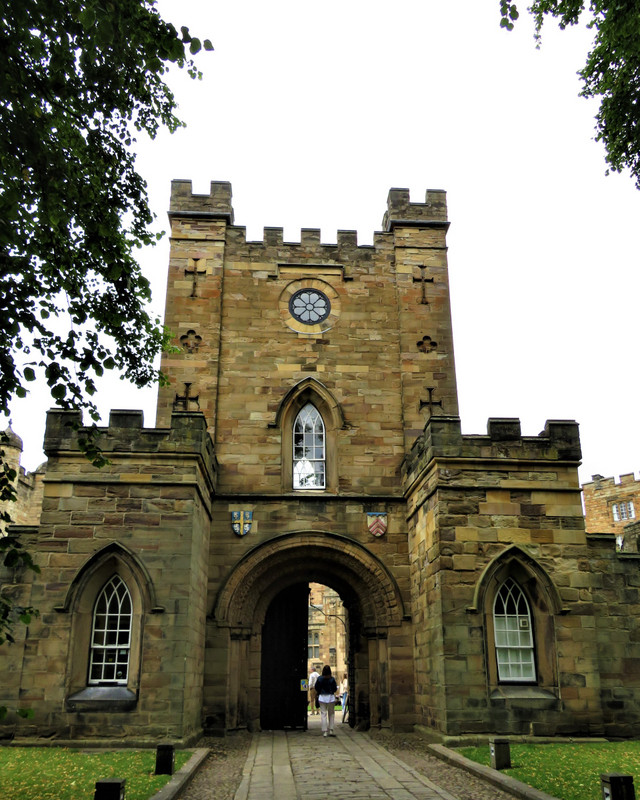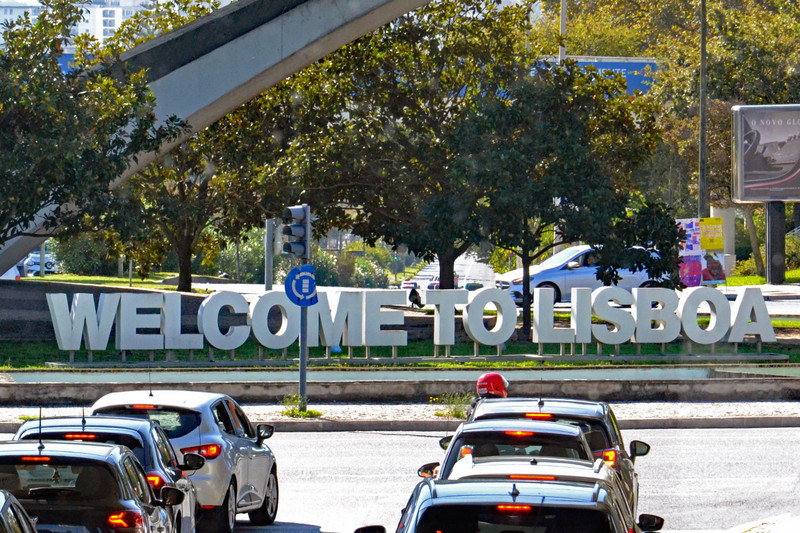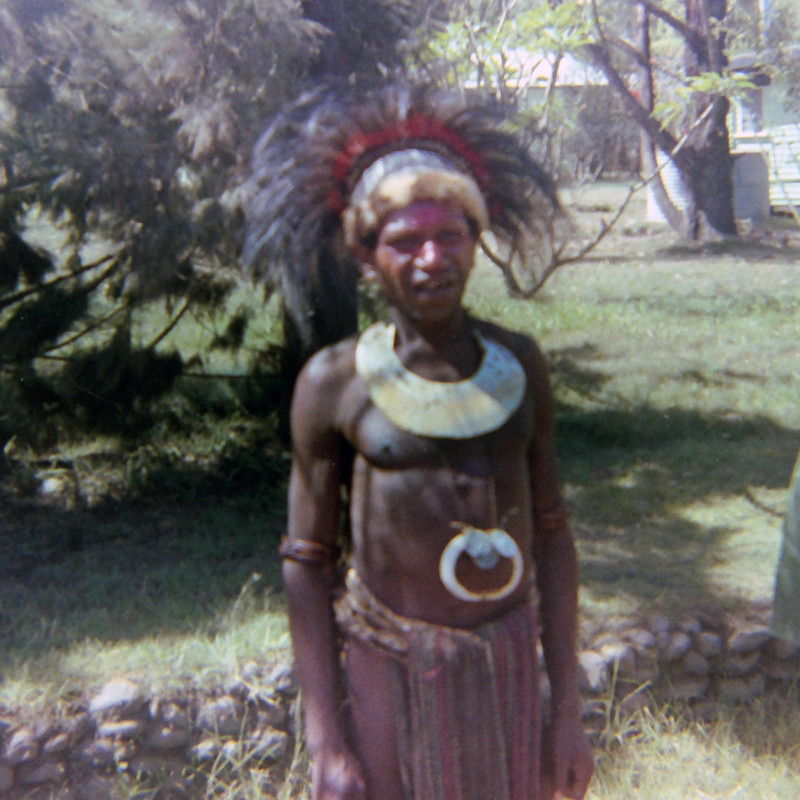Durham Castle is only open to the public at certain times of the year as it used as halls for Durham University and is also a wedding/function venue. Normally you would have to do a guided tour (which I did a long, long time ago), but due to Covid the tours are now self guided, which appealed to me. It was fairly easy to book a ticket in advance as they are released the week before, and arent snapped up too quickly. When I booked my tour, the weather forecast said it was going to be sunny and pretty decent, but like the previous week, the forecast changed and it was cloudy, spitting, and a bit nippy. There was a definite autumnal feel in the air. It meant I didnt stop on the bridge to get some photos of the castle and cathedral. One day, I will get good weather and good photos with blue skies. I wandered over Framwellgate Bridge and up Silver Street toward the Marketplace, which was pretty busy considering it was still fairly early. I turned on to Saddler Street and then onto Owengate out onto Palace Green. The views of the cathedral were really
nice and since I still had a bit of time before my tour started, I had a walk around Palace Green, checking out the old buildings and the cathedral. I didnt have time to go into the cathedral, so I will save that for another trip.
I wasnt too sure where the entrance to the castle was, but I saw plenty of people milling about and figured that must be the entrance. Just before 11 am, a couple of students came out and we all lined up and as we got checked off, we were given a map to do the self guided tour. There are only about 5 or 6 places that you can visit in the castle, but still it would be nice to see inside. Durham Castle dates back to the 11th century having been first built in 1072, and has been continuously occupied ever since. Originally, it was home to the of Durham, who were not only the religious head of the diocese, but also were in charge of defending the Kingdom from attack by the Scots in the north. The resided here until the 19th century, when Auckland Castle became their official
residence. In 1837, the castle became home to University College which is Durham Universitys oldest college and still is today.
A short walk along the path and I came to the Gatehouse. This isnt the original gatehouse, but it does still have the Norman arch, which dates back to the 12th century. It isnt too imposing, but I liked it. I really wish I could have went inside, but I think thats for staff only. Through the Gatehouse I came out onto the Courtyard. Here, you can see all the different architectural styles of the buildings surrounding it. It was nice to stand there and look at the different buildings and think of their uses and all the people that and gone there over the years. I liked spotting the little details like the coats of arms on the walls.
The Normal Chapel was the first building to enter on the tour, so I headed there. Due to social distancing only about 10 people are allowed into the chapel at one time. There was a guide outside to check and he offered an alternative route to start at the next lace and back to
the Norman Chapel. I was about to do that when one person left the chapel, so I was able to go in. The perks of being alone. The Norman Chapel is the oldest standing building in Durham and was built in 1080. It felt like I was going underground when I entered the chapel, as it was really dark and the few lights and windows were high up on the walls. The chapel was filled with columns which had some rather unusual carvings on them. I wish the lighting had been better as it was too hard for me to get decent photos of them. There are different theories about the chapel, some believe it has always been a chapel, while others think it was a crypt. Also the entrance that I used was not the original, and I was happy that the guide in the room pointed out the original entrance to me. The walls were very thick for defence reasons.









